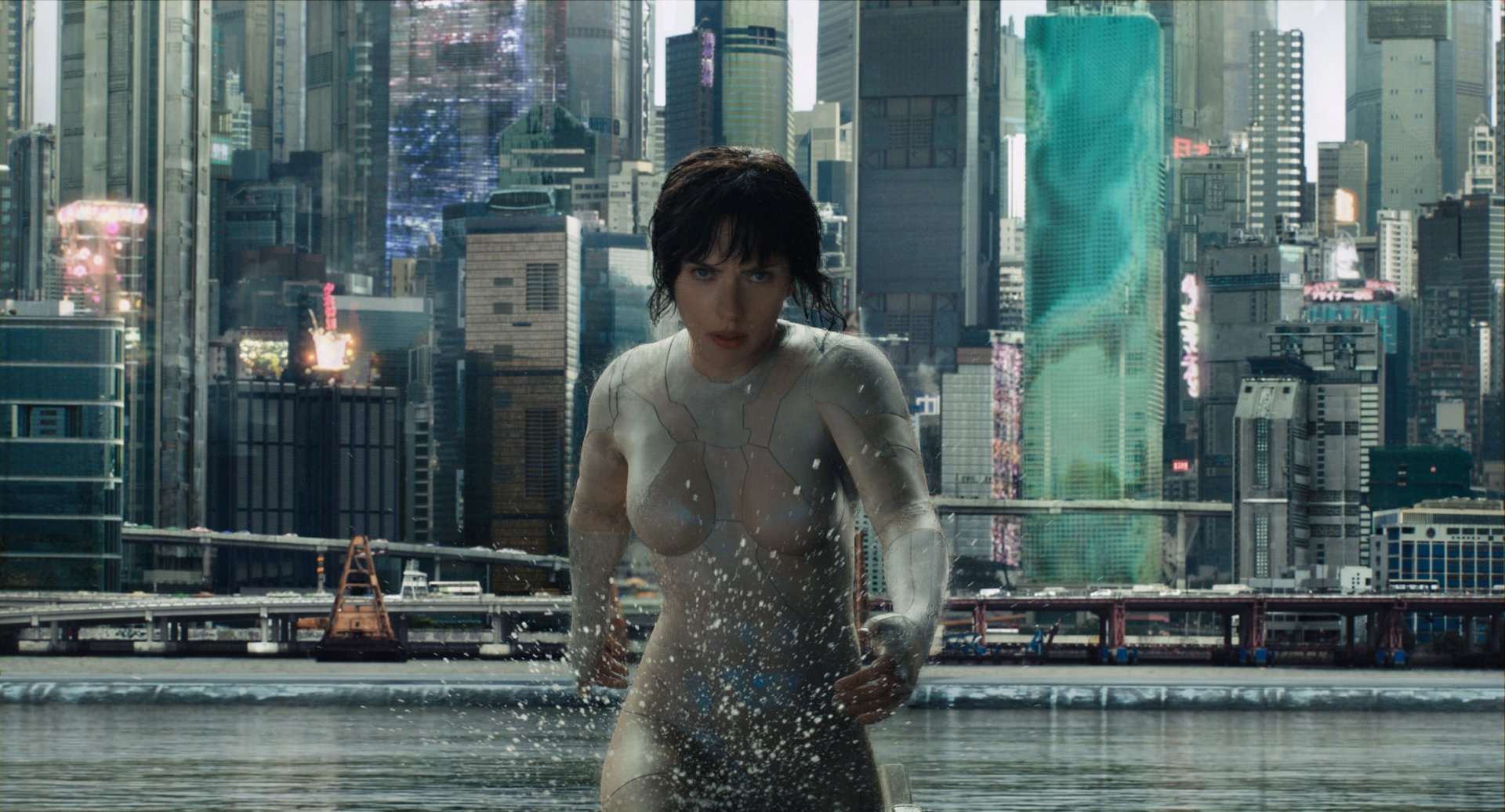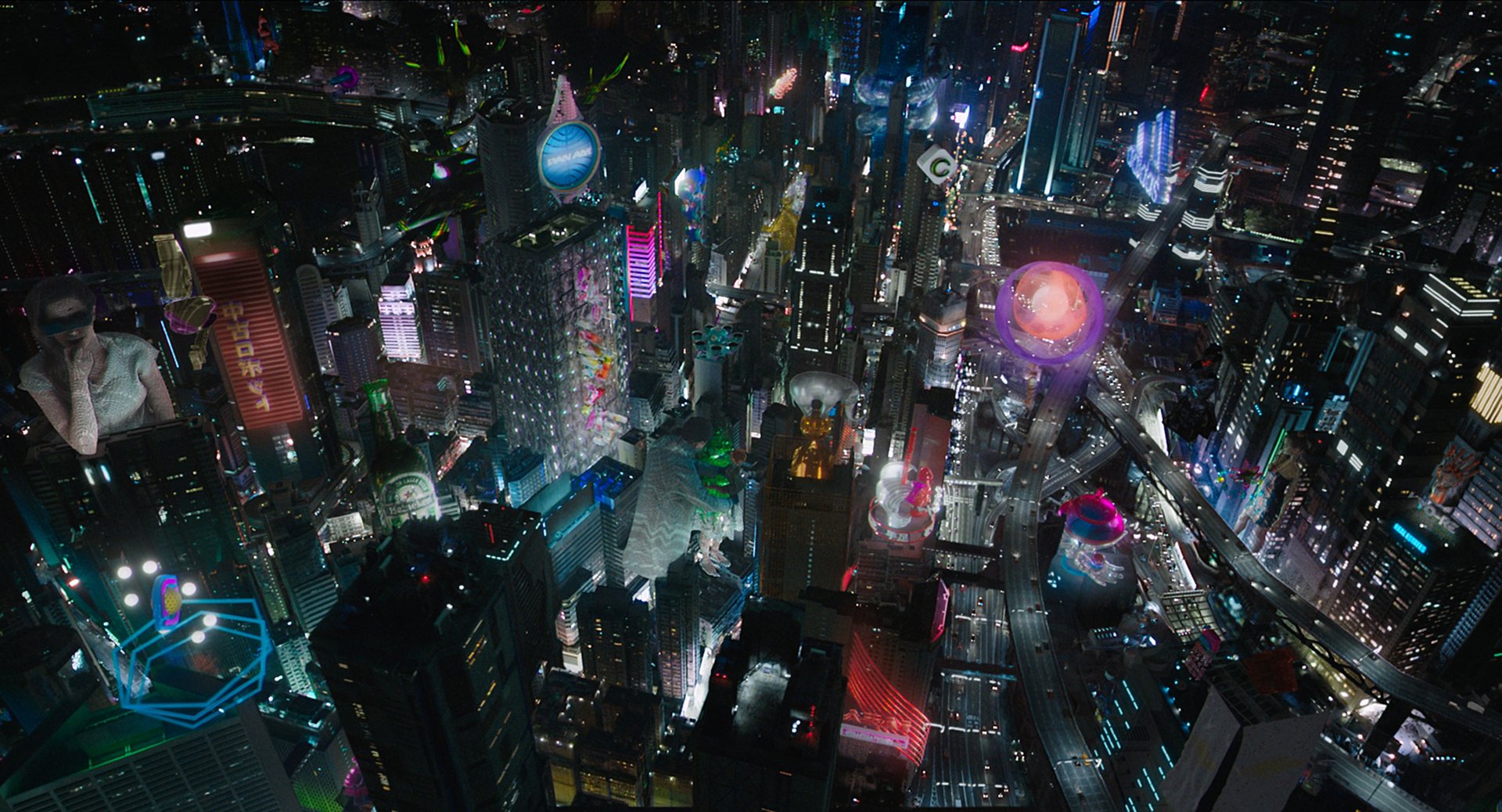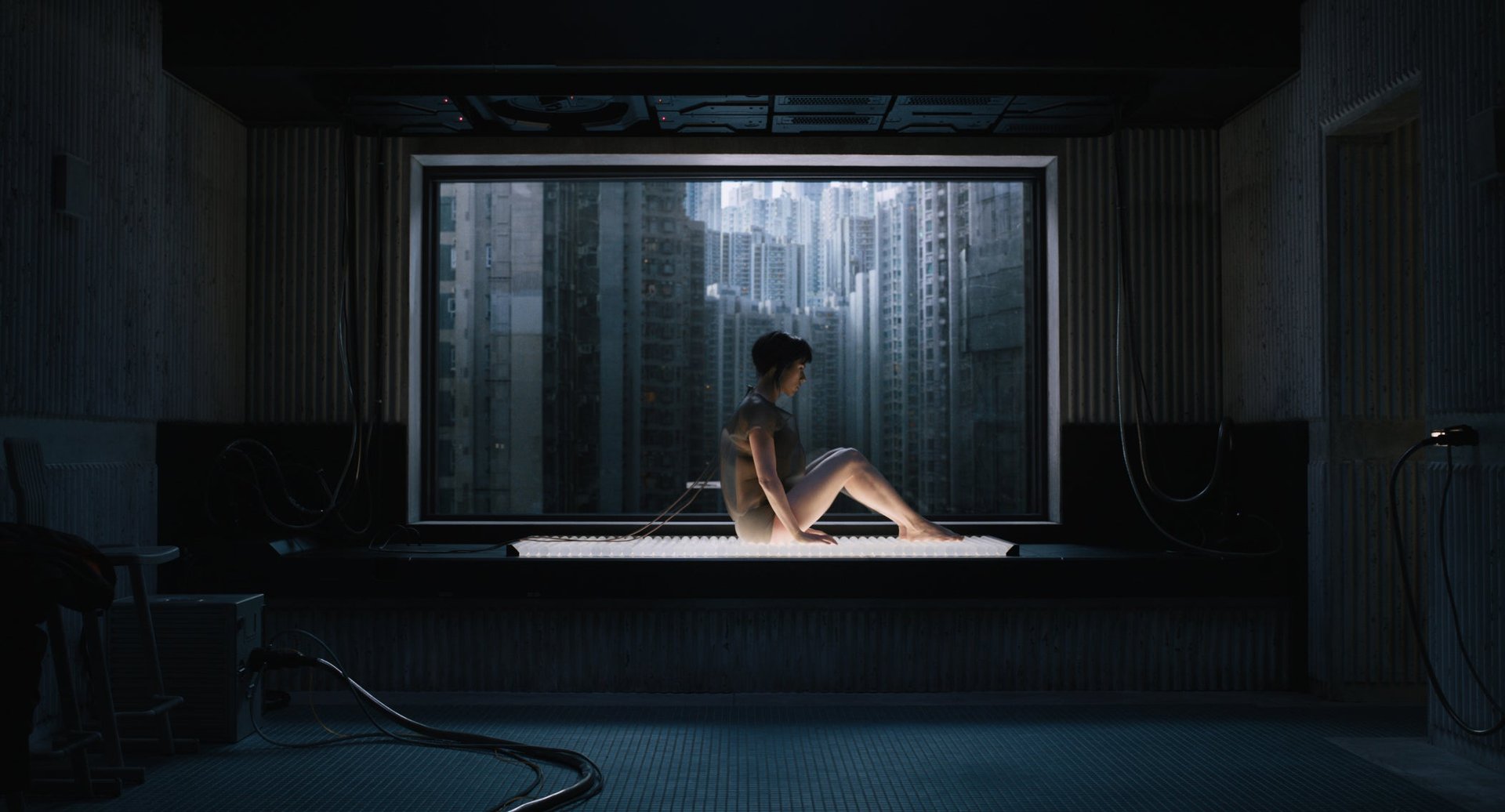“Ghost in the Shell” is a poem to Hong Kong as it faces the 20th anniversary of its handover to China
“Your shell belongs to them. Your ghost is yours.”


“Your shell belongs to them. Your ghost is yours.”
Those are the last words from cyberterrorist Kuze to Major in the Hollywood blockbuster Ghost in the Shell. Major, played by Scarlett Johansson, is a cyborg special agent who has had her brain transplanted into a mechanical body, and been set to hunt cyberterrorists. But her creators erased her memories, gave her a false identity, and fabricated memories of her human life.
While a lot of the discussion around this movie focused on the issue of whitewashing—the casting of Johansson instead of an Asian actress in the lead role—few seem to have noticed the parallels between Major’s journey to discover who she used to be and the identity struggles of Hong Kong. Kuze’s last words could just as well be said to a Hong Kong approaching the 20th anniversary of its sovereignty handover from Britain to China. To this Hongkonger, the movie was a poem to Hong Kong, the unnamed central character in this sci-fi feature.

Identity crisis
DreamWorks’ live adaptation of Ghost in the Shell, the Japanese manga series by Masamune Shirow first published in 1989, is a movie revolving around the theme of identity. So was the earlier animated adaptation by Mamoru Oshii.
While the anime series was set in a mid-21st-century city in Japan, in Oshii’s 1995 adaptation, the cityscape of Hong Kong became the backdrop of the story. Oshii and his art designer Takeuchi Atsushi explained their choice of Hong Kong in an interview at the time with Young Magazine, cited by Liquid Metal: The Science Fiction Film Reader. They said the chaotic, overcrowded cityscape swamped with neon signs, billboards, and information, and the clashing of old and new worlds, made Hong Kong a perfect model for a city of the future in Asia. Atsushi said:
“There is a sharp contrast between old streets and new ones on which skyscrapers are built. My feeling is that these two, originally very different, are now in a situation where one is invading the other. Maybe it is a tension or pressure that is brought about by so-called modernisation! It is a situation in which two entities are kept in a strange neighbouring relationship. Perhaps this is what the future is.”
Atsushi’s notion of “one world invading the other” also paralleled the political reality of Hong Kong at the time of the film release. Hong Kong was then just two years away from the end of British colonial rule and its handover to the People’s Republic of China. People were wondering if Hong Kong would retain its system, values, and freedom under Chinese rule, or if their world was going to be invaded by mainland China.
Ghost of Hong Kong, shell of a Chinese city
Nearly 20 years on, Ghost in the Shell has been released as a US$110 million Hollywood blockbuster, and worries over the future of Hong Kong from two decades ago have come true as Beijing increases its control over the city’s affairs. This became particularly obvious following the Umbrella Movement protests of 2014 demanding universal suffrage.
Incidents ranging from the disappearance of Hong Kong booksellers to Beijing weighing in to disqualify elected lawmakers have sent a clear message to Hong Kong that “one country, two systems” could one day become history.
Symbols of the city’s colonial past are also under threat, as are the city’s language and culture. The government is pushing for a switch to teaching Chinese classes in Mandarin, mainland China’s official language, instead of Cantonese, the mother tongue of most Hongkongers. The flood of mainland migrants to Hong Kong has also created a new breed of Hongkongers, compared with those who grew up at least partially in the colonial time.
The film crew, led by director Rupert Sanders, embraced the fast-changing facade of Hong Kong. Johansson was spotted filming in the busy streets of Yau Ma Tei and Sheung Wan last year. The pedestrian bridge in Causeway Bay where protesters hung banners in 2014 demanding a universal vote appears in the movie, as do iconic structures such as the Cultural Centre in Kowloon’s Tsim Sha Tsui area and the Bank of China Tower.
Other distinctive locations include a cemetery crowded with tombstones, Lai Tak Tsuen (one of Hong Kong’s first public housing developments in 1975), and Montane Mansion in Quarry Bay, as well as the neon signs of local diner Tsui Wah Restaurant and glimpses of the city’s wet markets.
Under the spell of Weta Workshop, the New Zealand-based special effects company known for its work on spectacles like the Lord of the Rings series and Avatar, the new Ghost in the Shell creates a Hong Kong that is both familiar and unfamiliar. Recognizable landmarks are incorporated into a city that is connected by an infinite number of highways, operates on extremely advanced technology, and contains mysterious and difficult-to-navigate slums. (Watch a video comparing scenes from the movie to the city here.)

Under the Skin
Although Weta Workshop’s special effects are artistic in intent, the result is another metaphor for how the reality of Hong Kong has been altered under Beijing’s influence.
Like the Hongkongers depicted in Fruit Chan’s 2014 sci-fi thriller The Midnight After, about passengers on a minibus who find the Hong Kong they knew has vanished while they passed through a tunnel, or those in the dystopian film Ten Years, a collection of five vignettes that imagine the results of deepening Communist control, this is now a Hong Kong we no longer know.
If Major was fighting under her synthetic skin to recover her personal history, then Hong Kong too is facing the same struggle within the skin that Beijing wants to house us in. So now the question is, will Hong Kong quietly allow its past to fade away, or (spoiler alert) follow Major’s path?
She could not fight the system or rewrite her history, but she discovered and honored her own identity, even while continuing to live within that system. As Johansson’s character says at the end: “It is what we do that defines us.”
The ghosts of Hong Kong, at the end of the day, are ours.